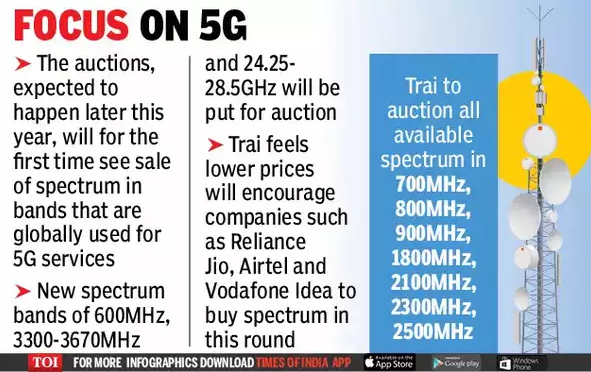Free Courses Sale ends Soon, Get It Now


Free Courses Sale ends Soon, Get It Now



Disclaimer: Copyright infringement not intended.
Context
Context
What is Spectrum?
How does Spectrum work?
These spectrum frequencies are transmitted between cell sites and our mobile devices.
5G Airwaves
Must Read: https://www.iasgyan.in/blogs/the-evolution-of-5g-technology
https://www.iasgyan.in/daily-current-affairs/5g-2
https://www.iasgyan.in/blogs/5g-technology-a-primer
5G and Technology
New spectrum for 3GHz
Evolving communication needs
Concerns pertaining to Spectrum affordability
Recent suggestions made by TRAI

Implications
Final Thoughts
https://epaper.thehindu.com/Home/MShareArticle?OrgId=G9P9S7KQI.1&imageview=0
© 2024 iasgyan. All right reserved